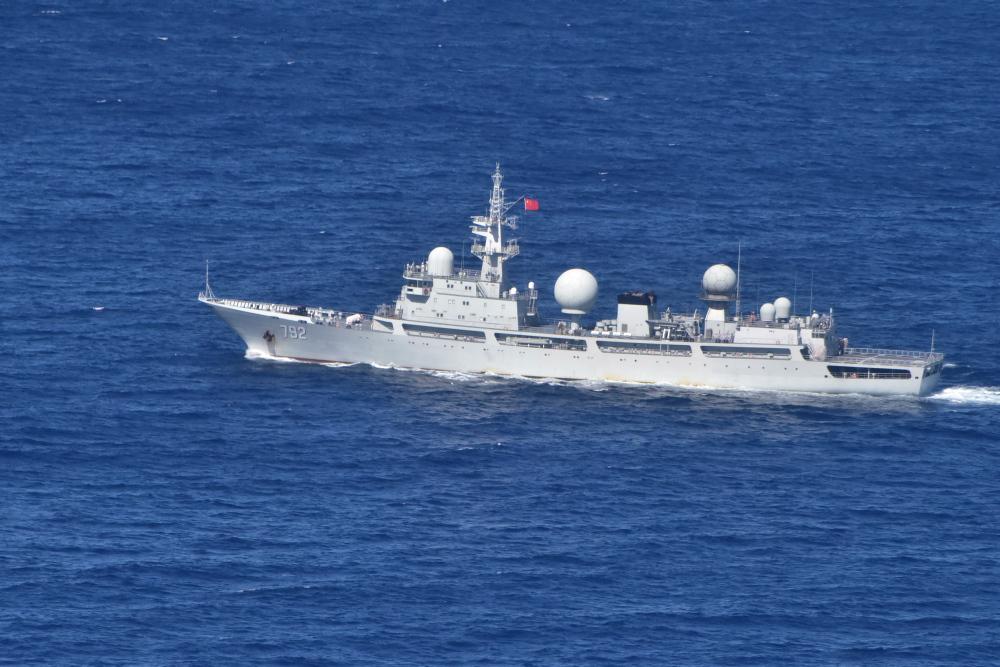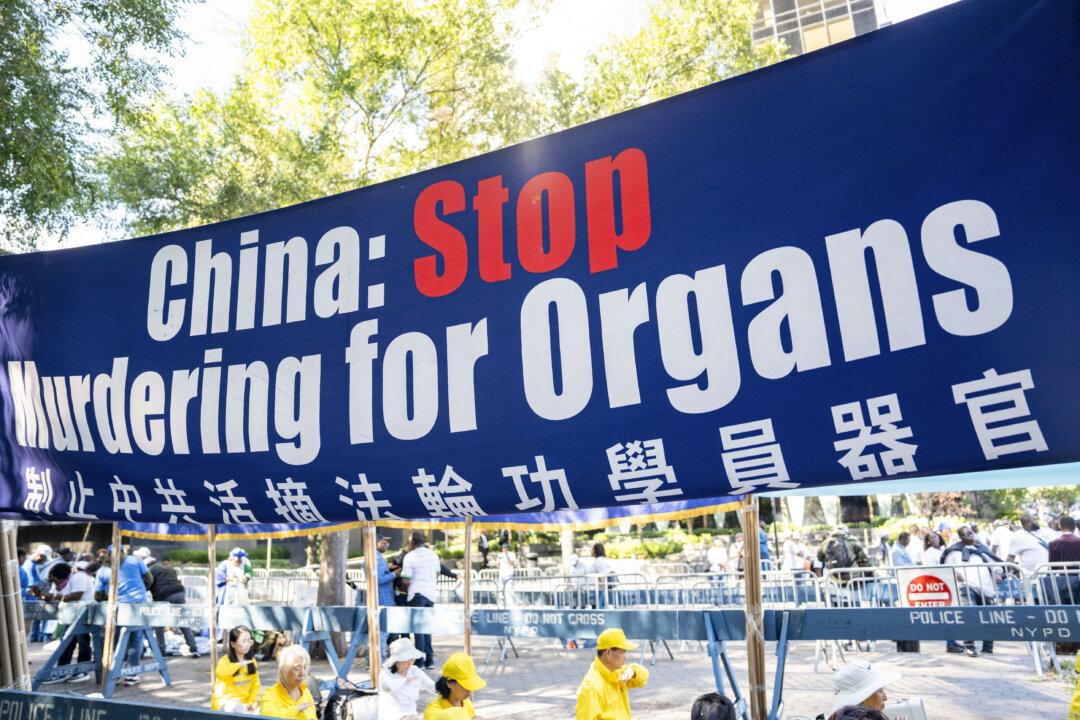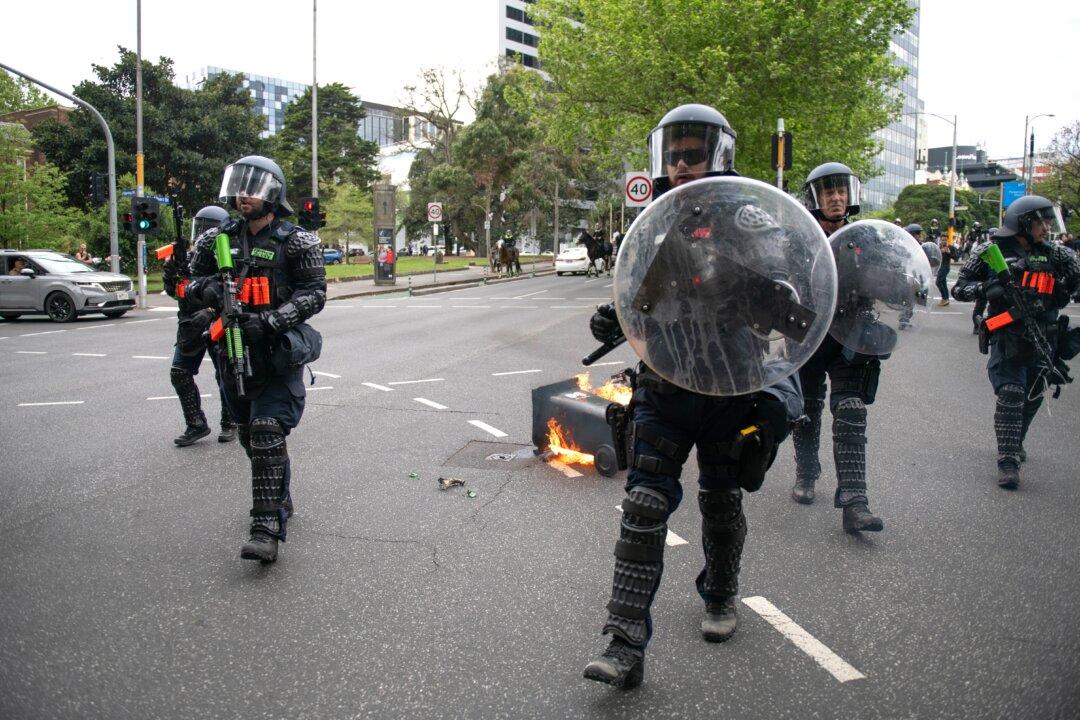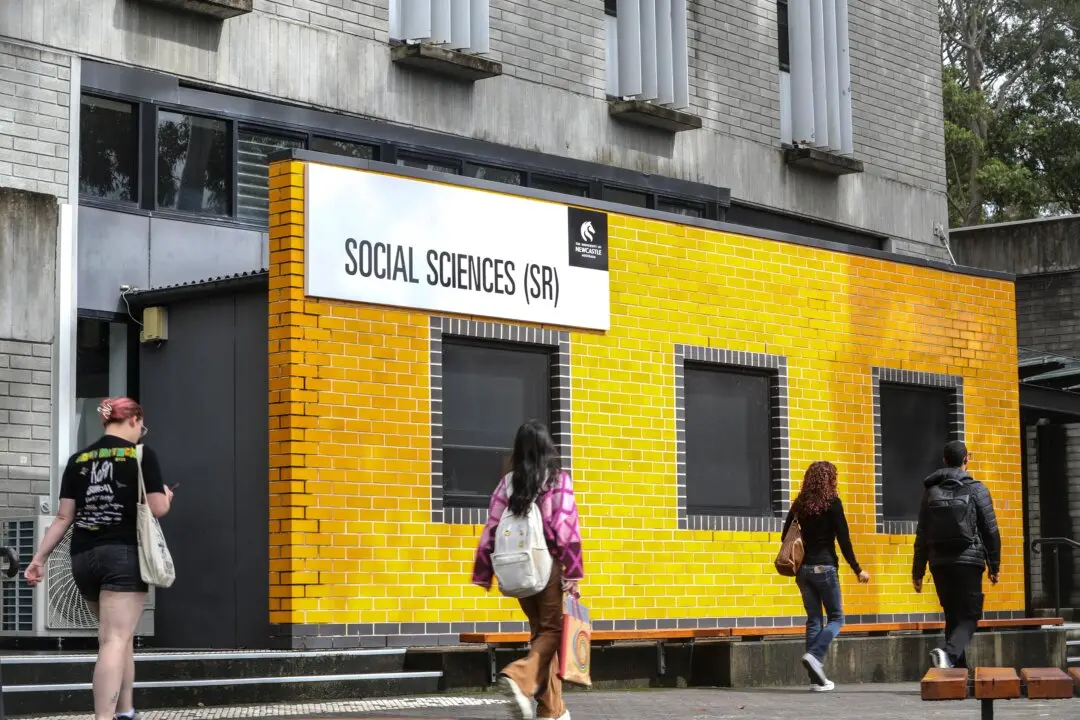In its first budget in nearly a decade, Australia’s Labor government has announced it will follow through with the previous government’s pledge to spend $270 billion (US$174billion) in military capability upgrades by 2030.
Under the new budget, defence spending will rise to $48.7 billion this year and eventually reach over two percent of GDP, a level not seen since the late 1990s.




